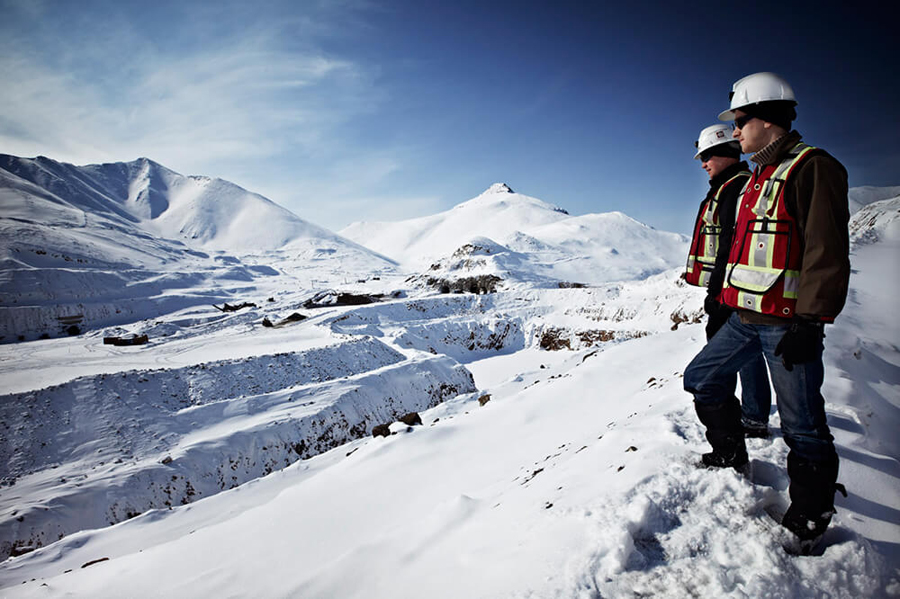Kinross reports record free cash flow of $1B for 2020

The producer closed out the year with $1.2 billion of cash and equivalents (compared with $575.1 million at year-end 2019) and total available liquidity of $2.8 billion. The cash increase was driven by the strong cash flow and also boosted by a $200-million drawdown on the Tasiast project financing.
Kinross has started a pre-feasibility study for the Udinsk heap leach project in Russia with results expected in the fourth quarter
Next year, Kinross expects production to hold steady at 2.4 million gold-equivalent oz., at AISCs of $1,025 per oz., increasing to 2.7 million oz. by 2022 and to 2.9 million gold-equivalent oz. by 2023. The gold-equivalent output is expected to average 2.5 million oz. a year through to 2029.
“Kinross delivered an excellent year in 2020, generating record free cash flow of more than $1 billion from our diversified portfolio of mines. We met our original guidance for the ninth consecutive year despite the impacts of the global pandemic,” J. Paul Rollinson, Kinross president and CEO, said in a release. “Tasiast was a standout performer and achieved record annual production and low costs for the second consecutive year.”
The executive added that, in 2020, adjusted net earnings more than doubled and margins increased by 53% to $1,051 per oz., outpacing growth in the average realized gold price.
The company’s three largest operations – Paracatu in Brazil, Kupol in Russia and Tasiast in Mauritania – churned out 62% of 2020 production and were its lowest-cost mines for the second year running. Tasiast reported a record year, both in terms of production and costs; throughputs are expected to increase to 21,000 t/d by the end of the year (compared with approximately 16,000 t/d in the fourth quarter) with the Tasiast 24k project. Throughputs are expected to increase to 23,000 t/d by mid-2023.
Last year, Kinross spent $916 million on capital expenditures. This amount is expected to hold steady at approximately $900 million this year. An additional $120 million is budgeted this year for exploration, focused on Russia and around the Chirano mine in Ghana.
Looking at growth, Kinross has started a pre-feasibility study for the Udinsk heap leach project in Russia with results expected in the fourth quarter.
In Chile, following a February 2020 restart announcement, pre-stripping started in January with first production expected in mid-2022. A feasibility is also underway for the Lobo-Marte project that is also on track for completion in the fourth quarter.
Kinross poured first gold from a new heap leach pad at the Fort Knox Gilmore project in Alaska in January. Drilling and permitting is also underway at the 70%-held Peak project, which could be a potential add-on to the Fort Knox heap leach mine; a scoping study for this asset is expected in the second quarter.
Last year, Kinross added 5.7 million oz to reserves after mining depletion.
(This article first appeared in the Canadian Mining Journal)




